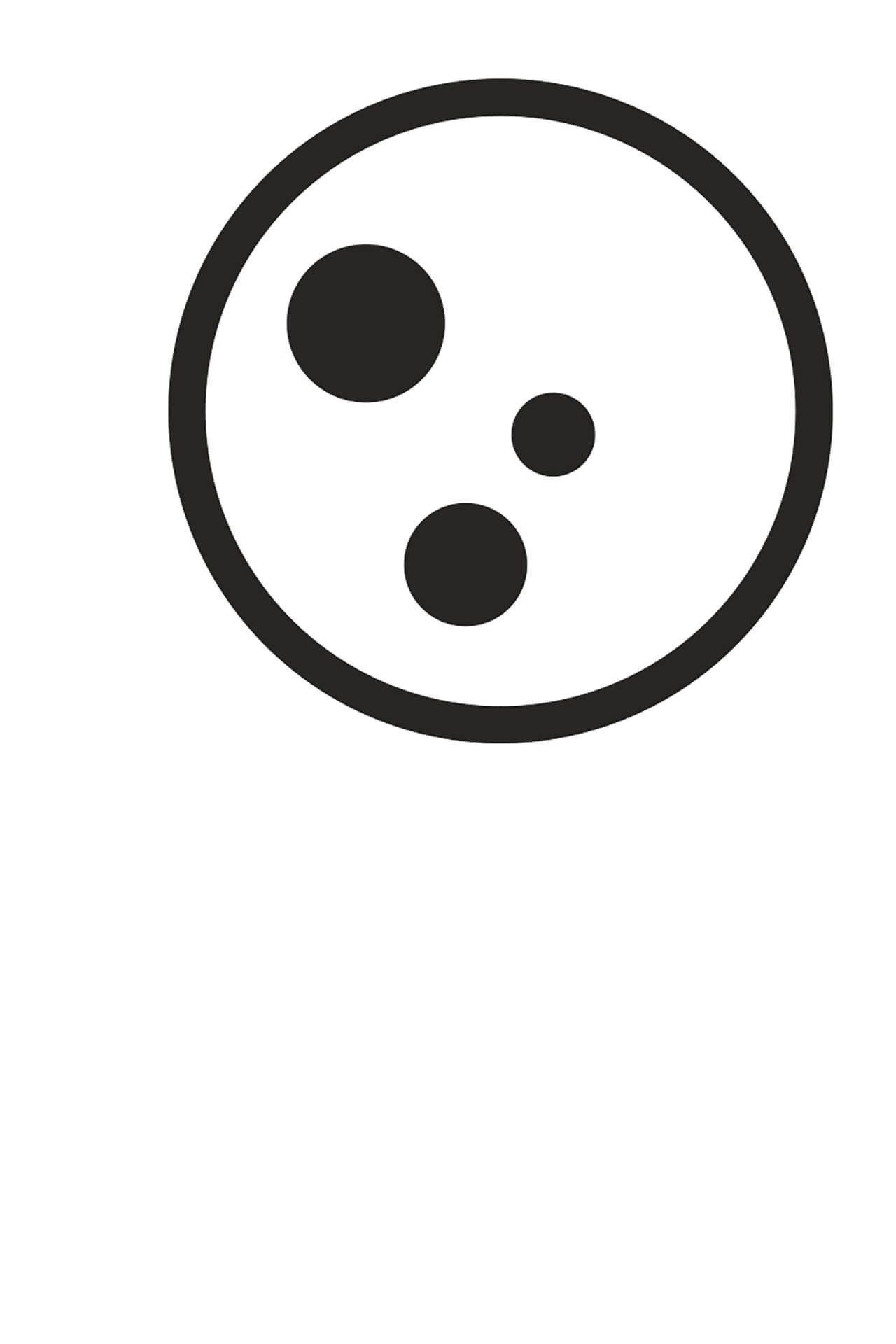
Occasionally I receive a client, a little sad or almost desperate, because the diamond on her necklace or the brilliant of her ring is broken.
This break is always sharp and comes in the form of one or more successive layers. This is a phenomenon related to the crystal structure of the diamond. On the photo of the rough diamond you can observe different planes that make up the diamond, like a succession of layers. These plans are called cleaving plans. A simple blow in the cleaving plane (perpendicular to the crest) causes the separation of the parallel layers: the cleaving process. In the film, we can notice that the diamond is reduced to tiny layers, but not to dust, because the basic crystal structure is preserved, even in microscopic part of diamonds.
A cut diamond retains this crystalline structure within it and the cleaving planes are still present. The plans and crests of the structure are not necessarily visible (not to be confused with the crests and facets of the cut).
As said, a blow on one of the crests of the structure can cause the cleavage, the splitting of the diamond in two. To avoid this, the diamond must be protected from a shock against hard surfaces and objects.
Never remove your jewel above the sink (at home or in restaurant restrooms), or never do it stand above a hard-stone floor or tiled floor. By accidentally falling on these hard coatings, your diamond can break.
Get into the habit of removing your jewelry, sitting on your bed, above the bed cover, or first laying a towel in the sink.
I also had the case of a split diamond because the person was gardening with his ring. A shock from the hand trowel broke his diamond. For any heavy work (gardening, moving, construction) or when practicing some sports as squash, consider removing your jewelry.
(Photo: Diamond with a clean break)



